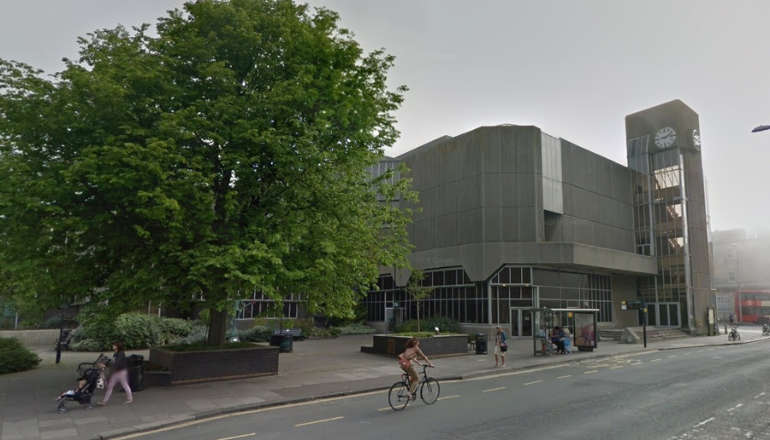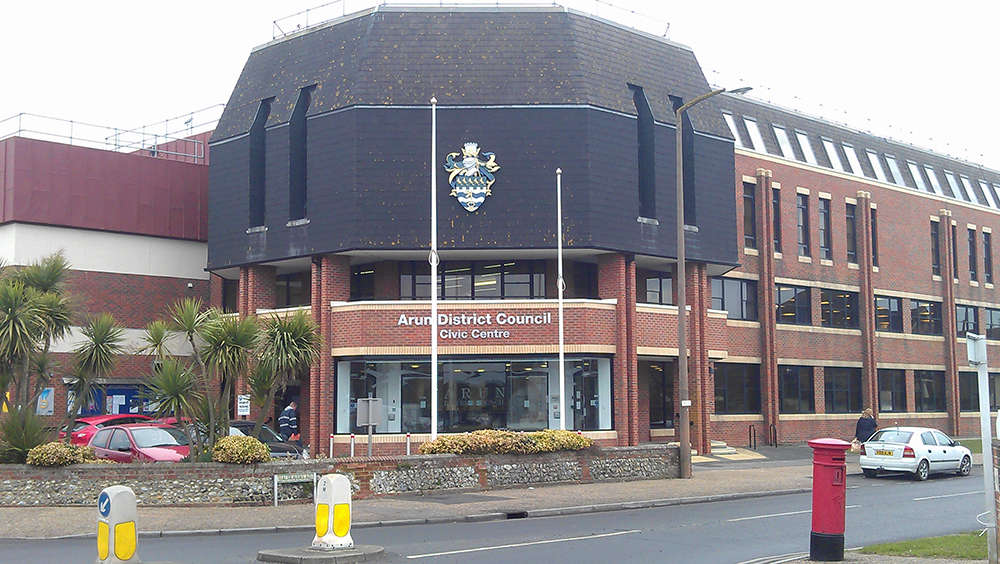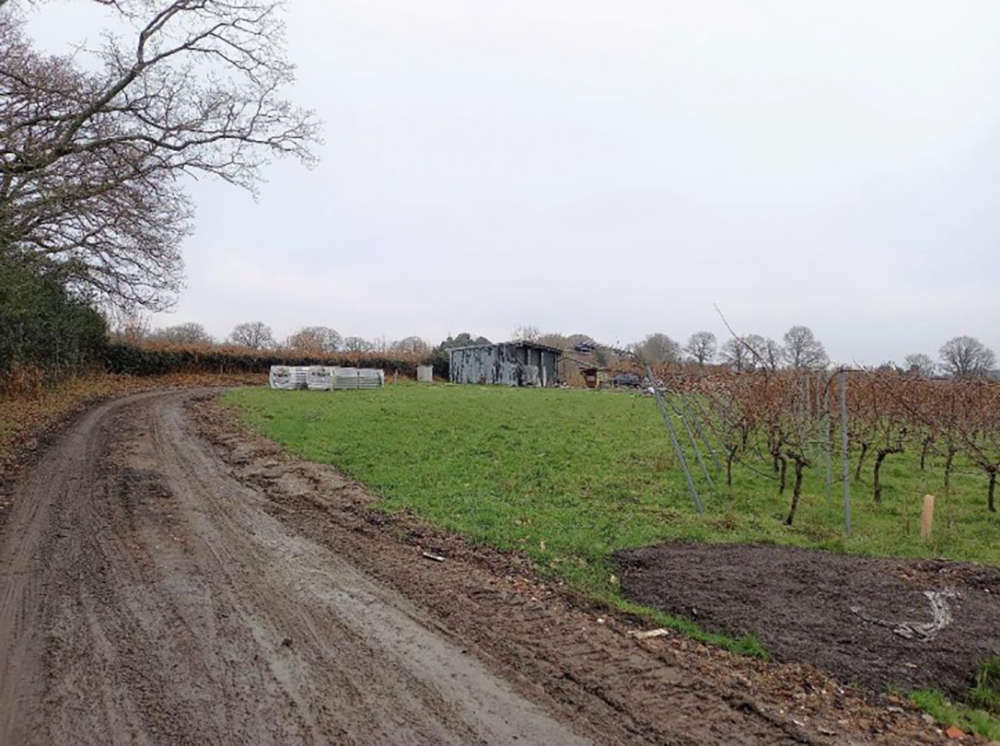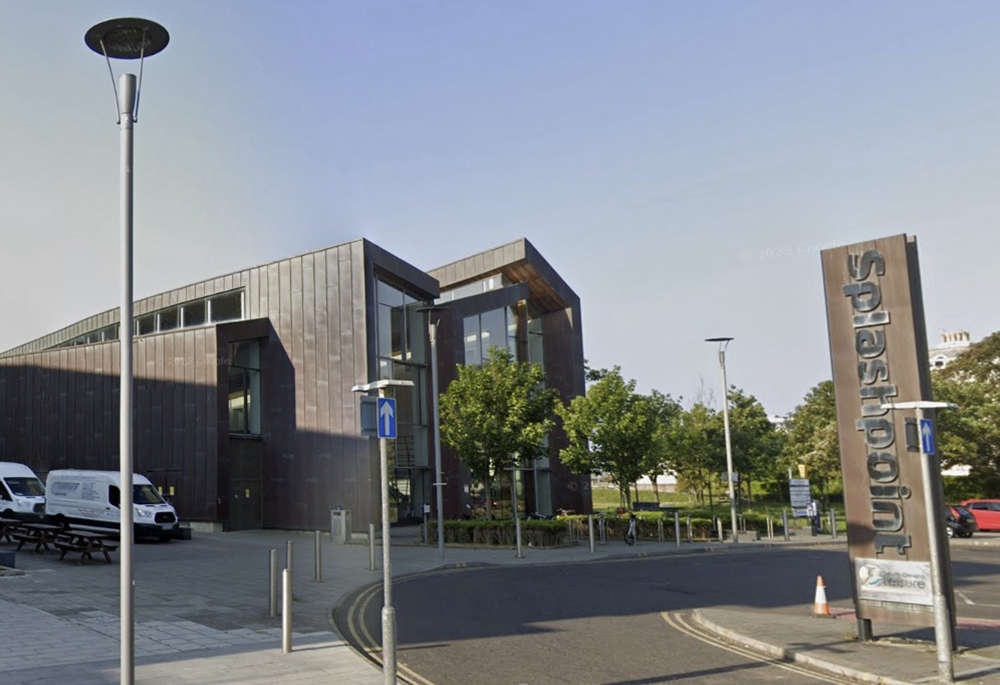
Some heads and governors are concerned that other schools keep spending beyond their means even though their budgets are already in the red.
Currently in Brighton and Hove, 31 schools are expected to overspend this year – and two of those 31 have not submitted a “recovery plan” to balance their budget within five years.
The concerns were aired at a meeting of the Brighton and Hove Schools Forum at Hove Town Hall yesterday (Monday 9 December).
Those present, including council officials, head teachers and governors, were told that the two schools without a recovery plan had a combined budget deficit of more than £1 million.
Brighton and Hove City Council received a “dedicated schools grant” (DSG) of just over £200 million for the current financial year, 2024-25.
Almost all of this is passed on directly to schools based primarily on the number of pupils at each school.
The forecast overspend for the current financial year is £6.2 million. This figure includes costs linked to the closure of two primary schools ordered to shut by the council – St Peter’s, in Portslade, and St Bartholomew’s, in Brighton.
Of the 29 schools with recovery plans, 16 are currently on track to achieve their savings within three to five years.
If this year’s total overspend exceeds the total surplus at schools that have stayed within their budget, the money may have to come from the council’s already-stretched “general fund”.
Aaron Barnard, from the Aldridge Education Trust, which runs two secondary schools in Brighton and Hove, asked about the two schools that had not submitted recovery plans.
He said that “half the year has gone” – and was told that discussions were continuing.
Mr Barnard said that some schools with fewer pupils and spare places were struggling with their budgets because of high fixed costs.
He was concerned that some schools that were in the red were providing services that would attract more students while more frugal schools were cutting their cloth and going without.
Mr Barnard said:
“They can afford additional SEMH (social, emotional and mental health) hubs that are funded through deficits or they’ve got additional teaching support and TAs (teaching assistants) funded through deficit.
“We’ve discussed about not being able to compete with that. If we all ran into deficit, we’d all be able to provide amazing numbers of staff and achieve outstanding Ofsted grades. Brilliant. But it’s not the reality of it.”
Mile Oak Primary School head Luke Lording was concerned to learn that 13 schools that were running a deficit were not on track to be back in the black within five years.
Referring to his school’s budget, Mr Lording said:
“We’re busting a gut to keep ours on track (with) well-being through the roof. It’s horrific at the moment on the ground in schools.
“To hear there are 13 not staying on track … There may be context in individual cases. There are things outside of their control. I get that.
“A lot of schools are making an incredible amount of sacrifices to remain on track. And hearing that (13 schools are not) … it still doesn’t feel equitable across out city at the moment.”
The council is setting up an “oversight group” – made up of heads and governors – to report back to the Schools Forum next year.
Jo Lyons, the council’s assistant director of education and skills, said that schools that were in deficit faced “robust challenge” to try to steer them back on budget.
She said:
“There is a lot of work going on to actually have a dialogue with those schools and their governing bodies to provide a robust challenge.
“In certain cases, it’s involving the chief finance officer and the corporate director as well. It’s at that level.”
The process can be escalated and schools could receive a formal “notice of concern” and even be required to cede control of their finances to the council.
The meeting was told that dialogue was taking place and the proper processes were being followed.


 Woman Arrested On Suspicion Of Murder Following Bexhill Death
Woman Arrested On Suspicion Of Murder Following Bexhill Death
 23 Year Old Suffers Serious Wounds After St Leonards Knife Attack
23 Year Old Suffers Serious Wounds After St Leonards Knife Attack
 Man Jailed For Six Years After Causing Fatal Collision Near Goodwood
Man Jailed For Six Years After Causing Fatal Collision Near Goodwood
 St Leonards Man Sentenced For Controlling And Coercive Behaviour Offences
St Leonards Man Sentenced For Controlling And Coercive Behaviour Offences
 Mariah Carey To Headline Brighton Pride In First UK Date In Six Years
Mariah Carey To Headline Brighton Pride In First UK Date In Six Years
 Ombudsman Hands Down Five New Findings Against Arun District Council
Ombudsman Hands Down Five New Findings Against Arun District Council
 Plans For Eastbourne Arts and Crafts School Given Green Lit
Plans For Eastbourne Arts and Crafts School Given Green Lit
 Vineyard Alcohol License Being Considered By Wealden Councillors
Vineyard Alcohol License Being Considered By Wealden Councillors
 Worthing Taxi Fares On The Up After Increase Approved By Borough Council
Worthing Taxi Fares On The Up After Increase Approved By Borough Council
 Defective Splashpoint Leisure Centre Fire Equipment Set For Upgrade
Defective Splashpoint Leisure Centre Fire Equipment Set For Upgrade
Comments
Add a comment